In 1861 an American seed-drill designer named Richard Jordan Gatling created a super-weapon that he believed would bring an end to war. With his hand-cranked, ten-barrel machine-gun, Gatling did for warfare what his contemporary Isaac Singer had done for sewing, bringing mechanisation to a former handcraft. Gatling’s gun fired more than 200 rounds a minute – as much as an entire battalion of soldiers with muzzle-loading muskets.
Already a subscriber? Log in
Subscribe for just $2 a week
Try a month of The Spectator Australia absolutely free and without commitment. Not only that but – if you choose to continue – you’ll pay just $2 a week for your first year.
- Unlimited access to spectator.com.au and app
- The weekly edition on the Spectator Australia app
- Spectator podcasts and newsletters
- Full access to spectator.co.uk
Or
Unlock this article
You might disagree with half of it, but you’ll enjoy reading all of it. Try your first month for free, then just $2 a week for the remainder of your first year.

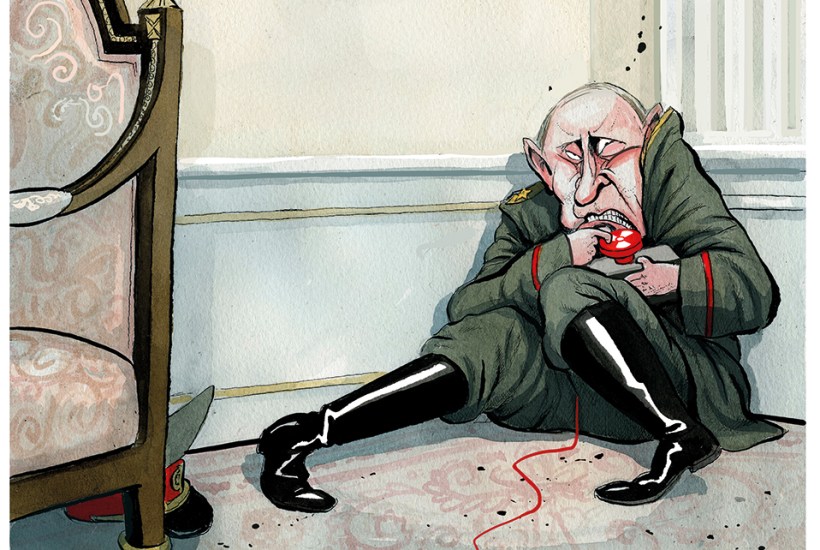
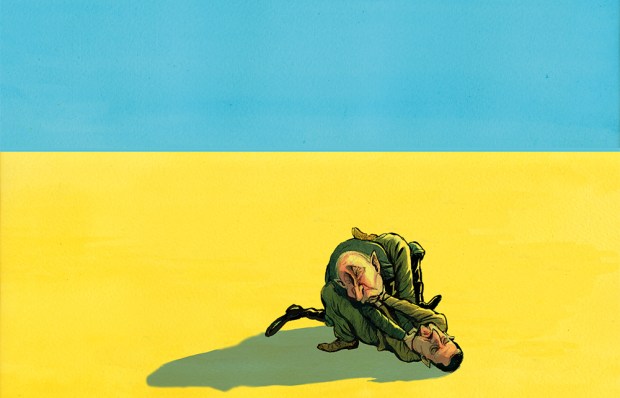
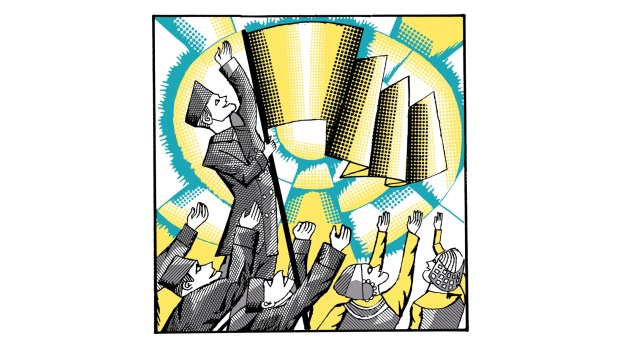

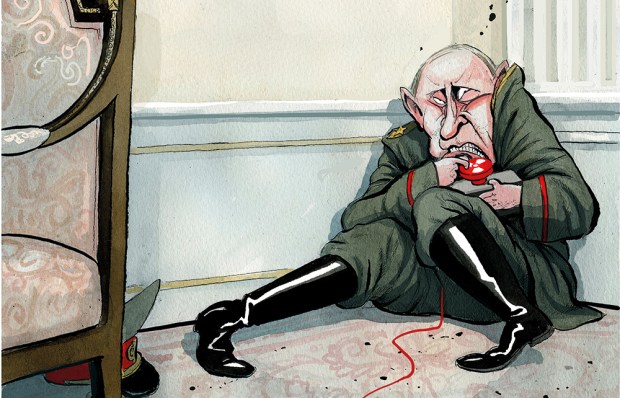

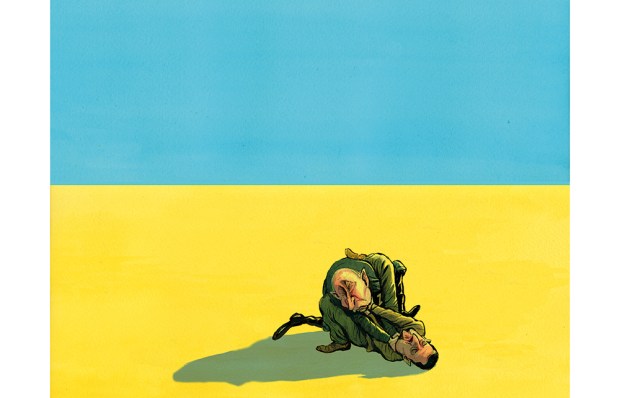






Comments
Don't miss out
Join the conversation with other Spectator Australia readers. Subscribe to leave a comment.
SUBSCRIBEAlready a subscriber? Log in